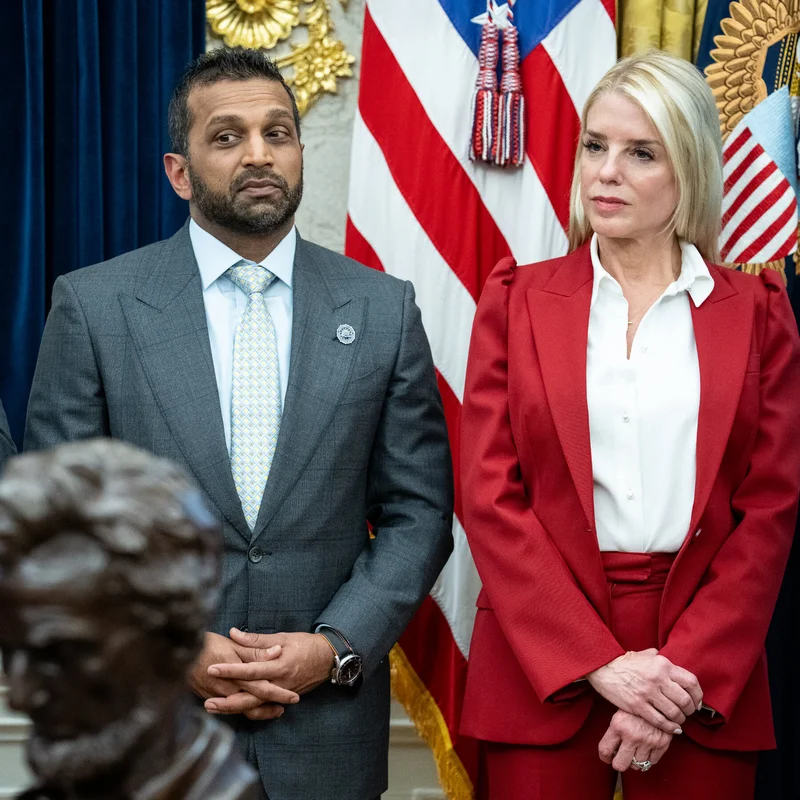Table of Contents
- What the Shutdown Really Means
- Civil Rights and Special Ed at Risk
- Billions in Federal Funding Hang in Balance
- Political Backlash Grows
- What Happens Next?
- Sources
Education Department Shutdown: “No Problem,” Says Former Trump Official
In a stunning development that has sent shockwaves through the education policy world, the U.S. Department of Education has effectively ceased to function after a sweeping round of layoffs. And according to a former Trump-era Education Secretary, that’s perfectly fine.
“No Education Department? No problem,” the ex-official reportedly quipped, echoing a laissez-faire attitude that critics say dangerously underestimates the federal role in protecting students’ rights and distributing critical funding.
Civil Rights and Special Education Enforcement on Life Support
With the latest workforce reductions, fewer than a skeleton crew remain to enforce federal laws that protect students with disabilities and ensure civil rights in schools nationwide. The Individuals with Disabilities Education Act (IDEA) and Title VI of the Civil Rights Act—cornerstones of equitable education—are now at serious risk of going unenforced.
“This isn’t just bureaucratic trimming—it’s dismantling the safety net for millions of vulnerable students,” said Dr. Elena Ruiz, a policy analyst at the Center for Educational Equity. “Without staff to investigate complaints or monitor compliance, districts may feel emboldened to cut corners.”
Key Functions Now in Jeopardy
- Monitoring of special education services
- Investigation of discrimination complaints (race, gender, disability)
- Oversight of federal grant compliance
- Technical assistance to state education agencies
Billions in Federal Funding Hang in Balance
While day-to-day school operations are largely managed at the state and local levels, the federal government still distributes over $80 billion annually in education funding. This includes Title I aid for low-income schools, IDEA grants, and pandemic recovery funds.
Without sufficient personnel, delays in fund disbursement, compliance reviews, and audit processes are expected to mount—potentially leaving cash-strapped districts in limbo.
| Funding Stream | Annual Allocation | At Risk Due to Staff Cuts? |
|---|---|---|
| Title I (Disadvantaged Students) | $16.5 billion | Yes – monitoring & compliance |
| IDEA (Special Education) | $14.7 billion | Yes – enforcement & oversight |
| School Nutrition Programs | $25+ billion | Partially – interagency coordination |
Political Backlash Grows
Democratic lawmakers have condemned the move as “reckless” and “ideologically driven.” Senator Patty Murray (D-WA), chair of the Senate Health, Education, Labor, and Pensions Committee, called it “a direct attack on students who rely on federal protections.”
Meanwhile, conservative advocates argue the Department of Education has long overstepped its bounds. “Local control is the answer—not Washington bureaucrats,” said Mark Chen of the Heritage Foundation, echoing long-standing calls to eliminate the department entirely.
What Happens Next?
Legal experts warn that the lack of enforcement capacity could trigger a wave of lawsuits from advocacy groups. At the same time, states may be forced to step into the void—though many lack the resources or legal authority to fully replicate federal oversight.
For now, students, parents, and educators are left wondering: who will hold schools accountable when rights are violated?




